The best climbers are smaller and lighter than the average cyclist with around 350g of body weight per centimetre of height (that’s 170cm and 59.5kg!), unfortunately we weren’t all born to be climbers so we have to look at ways of maximising our pool of available resources.
By Alasdair Garnett
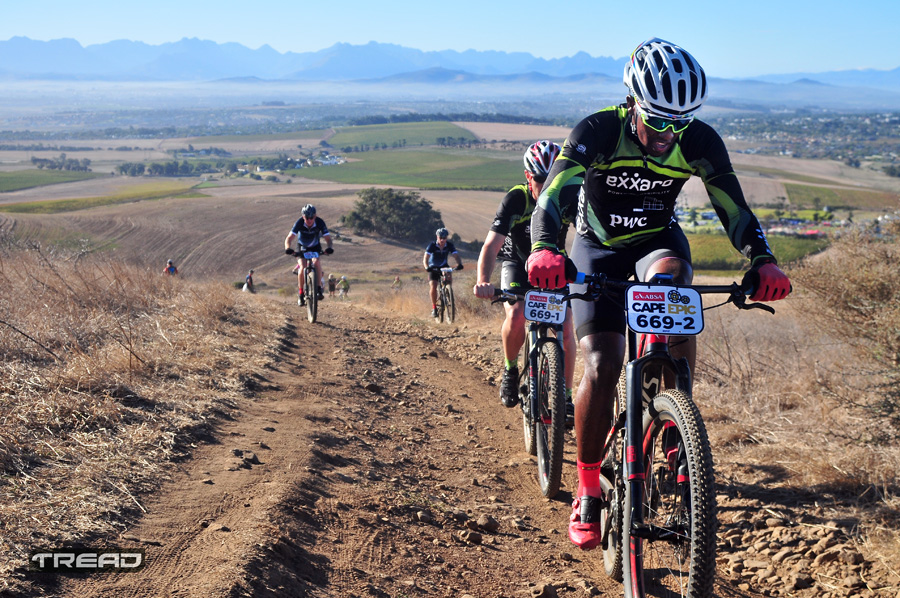
Photo: Dino Lloyd
There are many ways to increase climbing speed/make climbing easier, so let’s have a look at a few:
Losing weight
This can be body mass or bike mass, one is cheaper to do than the other and it seems bizarre to save one to two kilograms (if you’re lucky as it’s usually 100-200 grams!) on our bikes at sometimes obscene prices, where this can be achieved remarkably easy by cutting down on a few indulgent food/beverage choices and some honest lifestyle adjustments.
If you choose to reduce weight on your bike then look to get the most value for our vulnerable Rand and consider rotating mass first, i.e. all the items that move on your bike, like:
- Tyres – consider the weight, rolling resistance and application. Fitting bullet-proof tyres may save you time from fixing punctures but will slow you down on climbs. Most manufacturers have developed and tested tyres to withstand the rigours of South African conditions that are lightweight and still quite durable.
- Sealant – too much or a congealed mush inside your tyres from months (years?) of adding more and more sealant without cleaning everything out.
- Rims, spokes and hubs – light durable rims and spokes can be a huge weight saving if you have stock wheels (an area manufacturers often look to save money) along with rim profile to improve your tyre profile and even reduce rolling resistance.
- Pedals and shoes – weight, condition of pedals and shoes (flexible is good for walking but not for cycling!) and your cleats which are often ignored but extremely vital.
- Bearings which aren’t properly serviced will be robbing you of power every second of your ride.
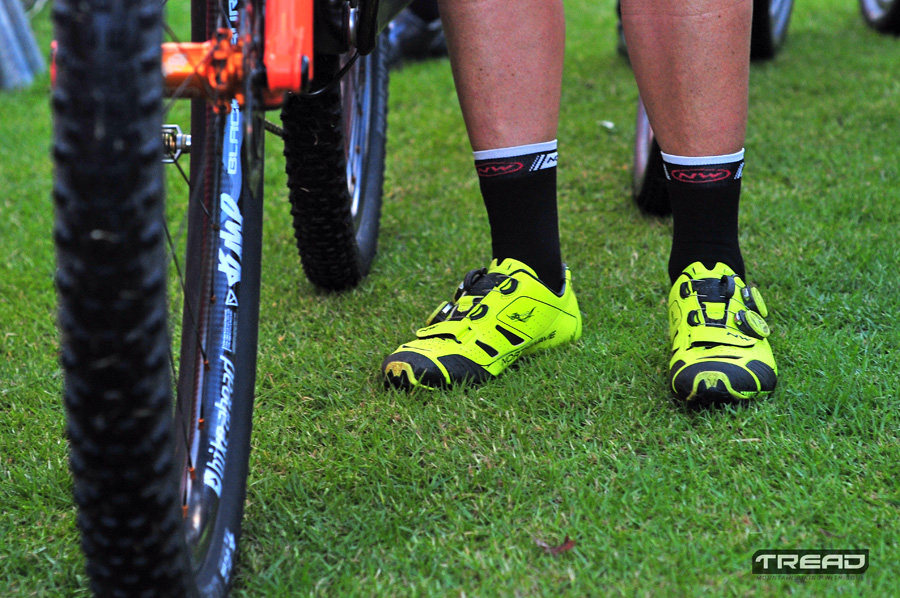
Photo: Dino Lloyd
Build power and fitness
If you combine increased power and fitness with reduced weight the results will be noticeable particularly to your riding mates.
As an example, take a rider who can sustain 200W for 60 mins (Critical Power for 60 mins or Functional Threshold Power) and tips the scales at 80kg who then has a power-to-weight ratio of 2.5w/kg. This dedicated rider follows a well-constructed training and eating plan and manages to shed 10% of their body weight and increase power by 20% thereby jumping their power-to-weight to 3.33w/kg which is a 33% increase! That’s not only impressive but very achievable.
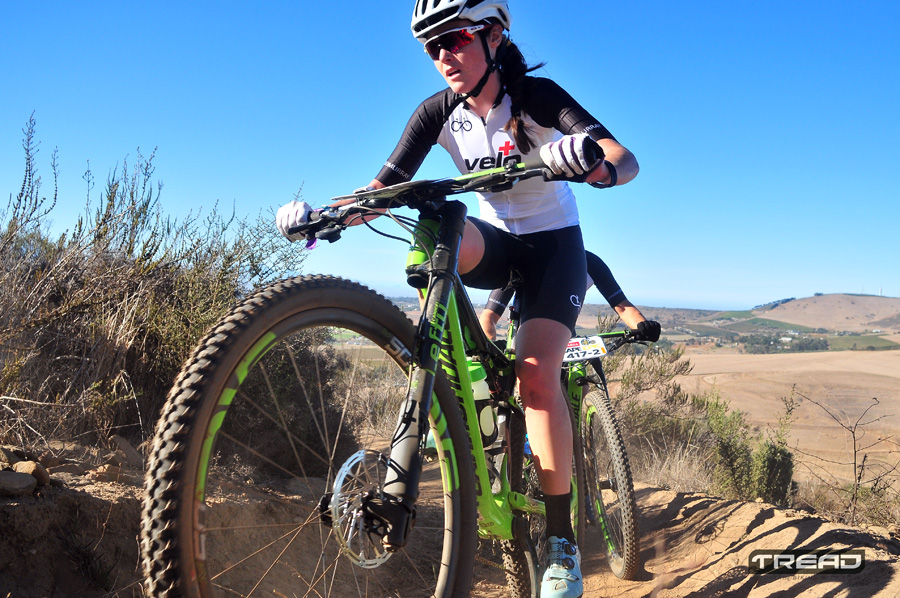
To highlight a real-world situation of the differences between power to weight of two riders; Stage 5 of the 2017 Cape Epic had 1935m of climbing over 89km. Two athletes I coach were competing in different teams. Both riders were the stronger partners in their respective teams and it just so happened on Stage 5 that their power values were very similar (it’s important to take power instead of heart rate, as power is a direct indication of the amount of work they were doing). They also rode similar bikes, same make and model just different sizes, each carrying two bottles and spares.
Rider A: Weight 67kg | Average Power 150w | Stage time 5:04:34

Rider B: Weight 78kg | Average Power 151W | Stage time 6:41:23

So you can see that a rider weight difference of 11kg can make a significant difference to performance. Both riders recorded virtually the same average power, but Rider B’s time was more than an hour-and-a-half slower than that of Rider A. Think about it like this: For Rider A to match the body weight of Rider B, he would need to carry the equivalent of 22 blocks of butter with him!
There are other variables that do influence the stage time/speed to a lesser extent like total rider weight on climbs, recovery by that stage of the race, pedalling efficiency, environmental conditions, level of dehydration, etc. We can break the stage down into sections and analyse each climb but then this short article would become a chapter! The point is, power-to-weight ratio is the most significant factor in climbing performance and the place to start if you’re serious about improving yours.
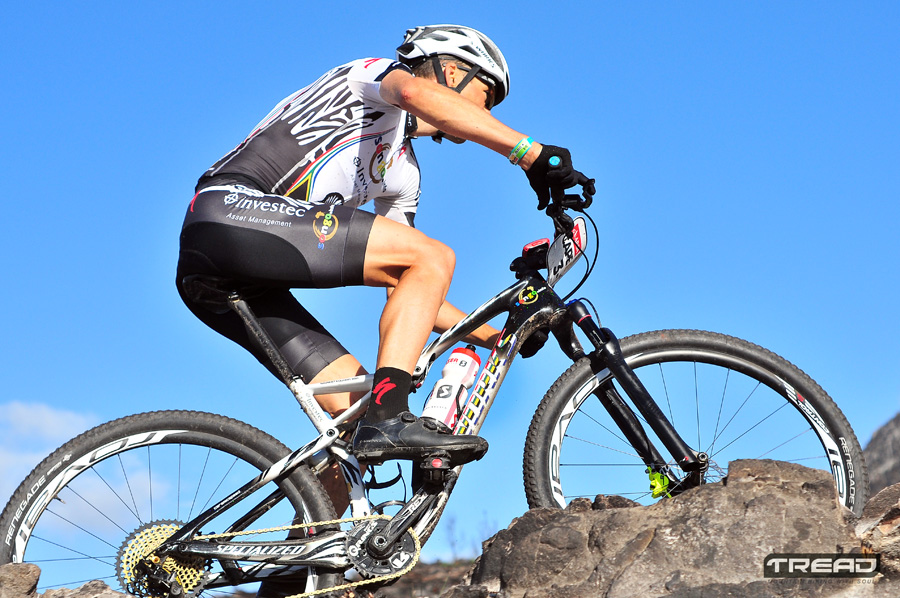
Photo: Dino Lloyd
Technique
Optimal bike set-up (this includes cleat set-up) which puts you in a balanced, powerful and comfortable position, is critical to maximise your personal pool of power, smooth power delivery and efficiency of your pedal stroke, keeping cadence high and at its most efficient and effective range to take the load off your muscles and increase aerobic function load.
Mental
“You are stronger than you think.” I like this because it’s true! Believe in yourself and your abilities.
Training specificity
If you don’t train hills you won’t be good at them. You can’t expect to be good at something you don’t practice, the more you train hills, the better you will become and the better you are at something the more you enjoy it! Cadence can be included in this as well and again you can’t expect to race up a hill at high cadence if this hasn’t been done in training. If you are naturally efficient at a cadence of 80rpm and you try to ride a 10km climb at a cadence of 100rpm, it is not going to end well!
Hill intervals will improve your climbing measurably (and remarkably!) if you include this workout six to eight times over a four to six-week period:
- Find a hill that takes 6 to 12 minutes to climb
- Warm-up for 10-15 minutes (progressive warm-up is ideal).
- Gradient should be between 4-6%
- Start with 3 repeats at threshold https://help.trainingpeaks.com/hc/en-us/articles/204071864-Threshold-411 and build up to 6 or 8 repeats as fitness increases
- Recover for as long as it takes to descend or half as long as the interval i.e. climb for 8 minutes recover for 4 min
- Cool down for 10-15 minutes.
- Pace yourself on the intervals so that they are as consistent as possible
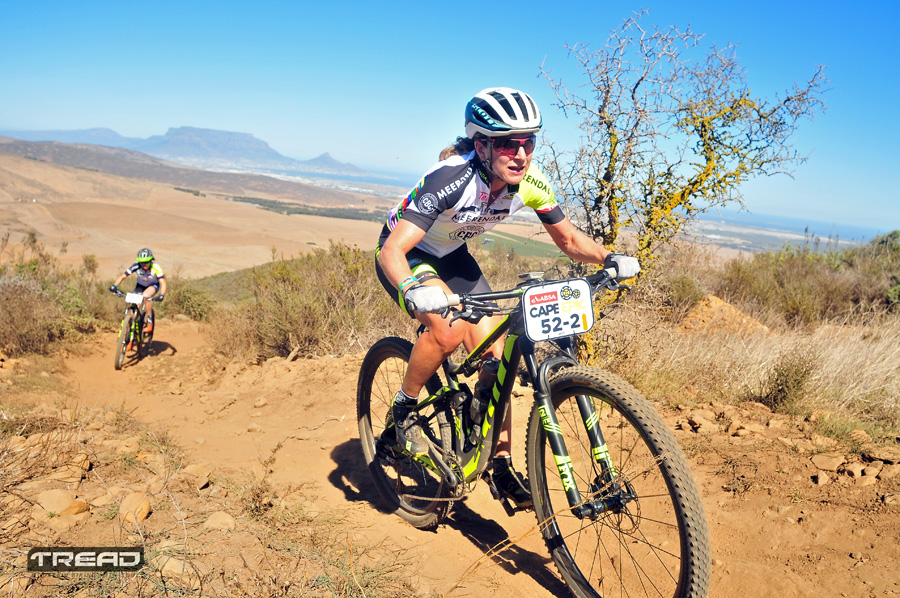
Photo: Dino Lloyd
Alasdair Garnett is a UCI Level 2 and Training Peaks Level 2 Registered coach.
TrainingPeaks Profile: Coach/agarnett
Skype group: Conversation
E-mail: agarnett@thepracticesa.co.za
Web: www.thepracticesa.co.za/coaching.htm
57 1st Avenue, Linden, Johannesburg, 2195

All rights reserved.


